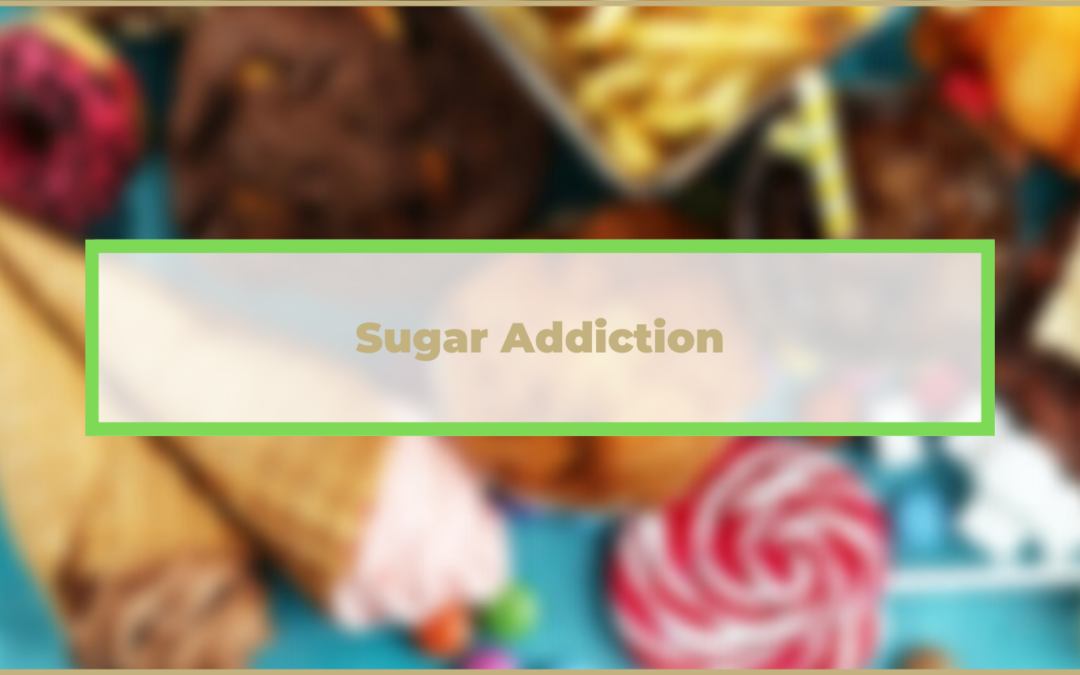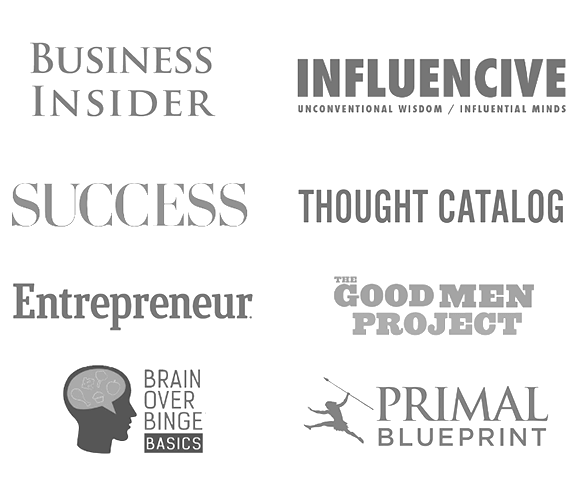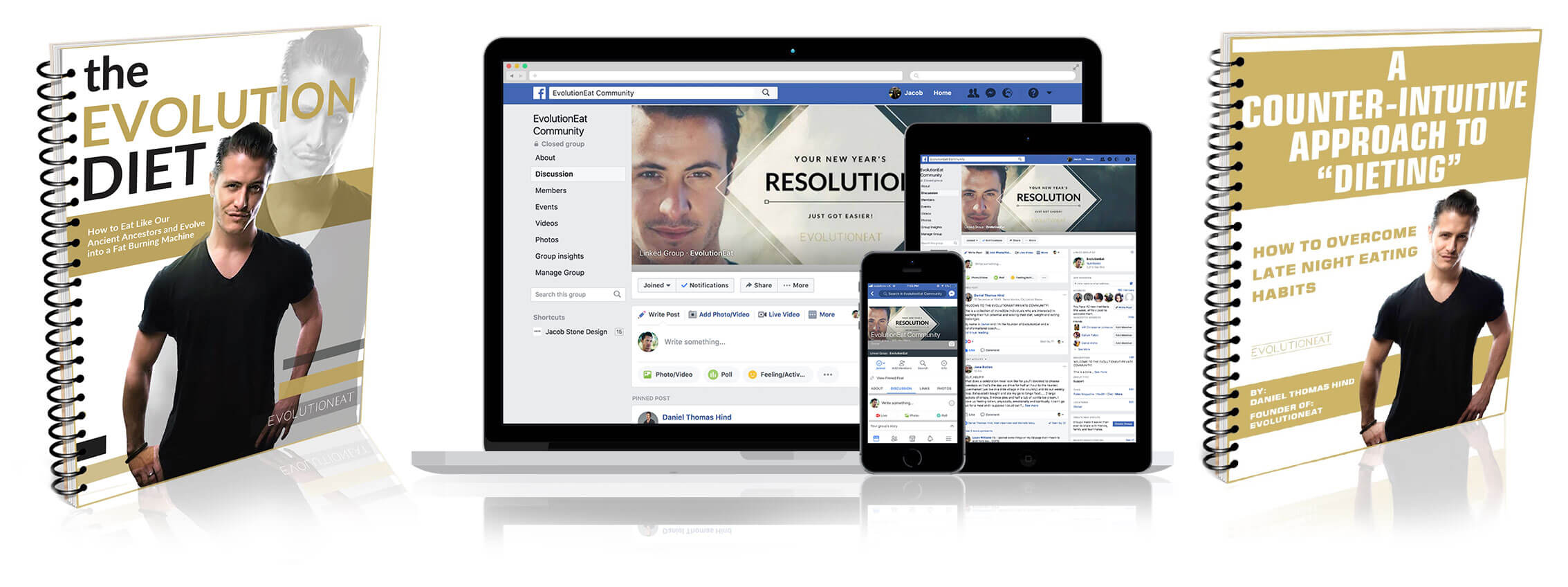Today, I’m going to teach you all about habits, how they emerge, and how over time they can morph into some weird creature you live with but wish you didn’t.
This is a long read but DEFINITELY worth it. It might be the most important thing I’ve taught so far.
Habits are comprised of three components:
1. Cue. Researchers have learned that cues can be almost anything, from a visual trigger such as a candy bar to a certain place, or time of day, an emotion, a sequence of thoughts, the anticipation of a reaction, or the company of particular people.
2. Routine. A routine is how you go about satisfying your craving for a reward, triggered by experiencing a cue. Routines can be incredibly complex, such as waiting until the entire family goes to bed so you can drive to Wendy’s and eat it in the parking lot, or super simple, such as scrambling eggs every morning for breakfast (25).
3. Reward. Rewards can range from food or drugs that cause physical sensations, to emotional payoffs, such as the feelings of pride that accompany praise, or filling an emotional emptiness (25).
==> The Habit Loop in Action: A cue, if satisfied, is met with a certain reward. The routine is how you get from cue to reward.
Craving: A craving is what connects the cue to the reward; it’s why you create the routine to get there. Creating a craving for something is what powers the habit loop.
Take the following 2 examples:
#1. Cinnabon: According to Duhrigg, one researcher at Cornell found how powerful food and scent cravings can affect behavior when he noticed where Cinnabon locates its stores in shopping malls—away from the other food retailers. The reason is because Cinnabon execs want the smell of their rolls to waft down the hallways so that shoppers unconsciously start craving them. By the time the customer turns a corner and sees the store, that craving is a roaring beast inside of his head and he’ll reach, unthinkingly, for his wallet. The habit loop is spinning because a sense of craving has emerged.
#2. The Evolution of Sugar Addiction
Now let’s imagine this situation….Back in grad school, you studied for finals by rewarding yourself with an icecream sundae at the end of finals week. It was a fun ritual you had with yourself that started after your first semester when you walked by a Baskin N Robbins on your way home from campus and thought it would be an enjoyable experience, mirroring a childhood pleasure, and that you deserved a tasty treat for your efforts. Totally harmless.
The cue (big test) was met with the reward (icecream) after having “earned” it through undergoing the ridiculous routine of cramming for tests to prove yourself proficient.
The routine was studying for the tests, taking them, walking to Baskin N Robbins, and getting the reward.
⇒ That’s the habit loop in its most basic form, that’s the breakdown of how you learn the habit.
You don’t yet recognize the habit, however. It’s not yet engrained.
Craving Alert!
The habit only emerged once you began craving the icecream sundae the following semester at the end of finals week.
Anticipating the conclusion of the school year and a very hard week of studying, your brain came to associate finishing finals with getting the icecream reward—again, what seemed like a harmless ritual.
Repeat this ritual over and over again throughout your college career and, within time, you come to learn that the appearance of “big challenge” (test) is to be met automatically with icecream (reward).
==> This is how new habits are created: by putting together a cue, routine and reward, and then cultivating a craving that drives the loop. The cue, in addition to triggering the routine of studying, must also trigger a craving for the reward to come.
This becomes a problem, of course, when throughout the next few years you start to crave the icecream reward after every test or major paper due – not just once per semester. Somewhat innocuous at first, you can see how this habit can start spinning out of control. In time, your once per semester ritual devolves into a once per every-few-weeks habit.
After graduating from college, you sign with Deloitte and you’re are thrown big challenges all the time. Suddenly, your harmless once-per-semester ritual becomes a weekly (sometimes daily) coping mechanism. And it feeds on itself: because the problem with sugar is that it’s psycho-actively addicting and physiologically demanding: which means, having it predisposes you to wanting more of it in general.
The sugar habit, thus, perpetuates at an alarming rate up an exponential growth curve into a dependency – and such is the dilemma that so many of us face and which many corporations (taste factories that have NO concern for our health) exploit.
Sugar Addiction = A Logical Leap
Taking these examples, can you see why so many of us have sugar addictions? Seemingly innocuous childhood rituals (“treats”) become lifelong struggles when reward loops get transplanted with adult preoccupations and the stresses of a digital-speed society and workforce.
This relatively contained addiction gets completely body-slammed when you take into account the sheer number and permutations of “Cinnabon.” You can replace that name with any popular commercial restaurant or eatery. You only need to walk down a city street to experience the overpowering ubiquity of cues in all of their sensorial varieties. They look sexy as hell. And look what they’re promoting! Witness how they’re promoting it. When your brain experiences all the smells, the flashing signs, the food in windows, the vendor on the street, the hot waitress holding the platter of whatever, etcetera etcetera etcetera – it starts anticipating food, whether or not you’re actually hungry, whether or not you even like it, whether or not you had the intention to even think about it.
First Step: Remove all Triggers. When overcoming sugar addiction, for example, a necessary first step is to remove all obvious cues from your life that don’t serve you, or which you’re trying to overcome, and thereby short-circuit some of your worst patterns by inserting new cues. That means, getting rid of all the Girl Scout Cookies and icecream cartons at home, telling your colleague to stop bringing in Jelly Beans for everyone because it’s causing you distress – and replacing those cues with other healthy foods and snacks (almonds, for example).
You must throw out all unhealthy food options that you’re capable of removing from your personal living environments (work, home, car, etc.). There’s no excuse for laziness or hurt feelings here. Mastery requires sacrifice and the people in your life will respect your confidence in requesting it, along with your urgency. Removing temptation is a necessary condition of success. You will not be successful if you are constantly beleaguered or oppressed by cravings and temptations—the very things that you’re trying to overcome. This is especially true at the beginning of our journey. Willpower is not enough. Self-control is overrated. Have the uncomfortable conversations. Focus on you.
<3 Daniel




